
By Syed Wahaj Ahmed
Sindh Governor Kamran Khan Tessori has stressed the need for proper projection of tourist places in the province so as to attract local as well as foreign tourists to such sites, which would generate employment for local people living there.
He said this while talking with Caretaker Provincial Minister for Tourism, Environment and Climate Change Arshad Wali Mohammad at the Governor House. Useful measures to promote tourism-cum-recreational points in the province, provision of better facilities for tourists, minimizing impacts of the climate change and protecting natural environment were discussed in detail on the occasion.
The governor said that there are many tourist spots in the province, including Gorakh Hill, but people are not aware of them due to lack of effective publicity.
He asked the minister to activate Sindh Tourism Development Cooperation (STDC) for highlighting the places of interests of tourists. Trained travel guides should also be assigned, while focusing on archeological sites such as Moenjo-Daro and Makli necropolis to attract a large number of visitors about their historic significance, he added.
The PTDC site enunciates beautiful places
Moreover, Pakistan bristles with world best tourism sites from the mighty stretches of the Karakorams in the north to the vast alluvial delta of the Indus River in the south, the country remains a land of high adventure and nature. Trekking, mountaineering, white water rafting, wild boar hunting, mountain and desert jeep safaris, camel and yak safaris, trout fishing and bird watching, are a few activities which entice the adventure and nature lovers to this God-gifted landscape of the country.
The country is endowed with a rich and varied flora and fauna. High Himalayas, Karakoram and the Hindukush ranges with their alpine meadows and permanent snow line, coniferous forests down the sub-mountain scrub, the vast Indus plain merging into the great desert, the coast line and wetlands, all offer a remarkably rich variety of vegetation and associated wildlife including avifauna, both endemic and migratory.
Ten of 18 mammalian orders are represented in the country with species ranging from the world’s smallest surviving mammals, the Mediterranean Pigmy Shrew, to the largest mammal ever known; the blue whale.
‘UNICEF project providing health-cum-education facilities’
Earlier, Sindh Governor said that projects of Unitied Nation Organization For International Children’s Emergency Fund (Unicef) are helping children of the province in getting better health and education amenities.
He said this while talking with Unicef Professional Team Chief Prem Bahadur Chand at Governor House. Both the functionaries spoke on UNICEF projects including provision of better health and education facilities to children, training of teachers and health professionals and other matters of mutual interests so as to impart more trainings and the like.
The Governor said that Unicef cooperation in the fields of health and education is commendable and steps are being taken with the help of the international agency to provide better facilities to children. Prem also praised initiatives taken by the governor.
According to the website of the Unicef, 76 per cent of children exposed to extreme high temperatures in South Asia.
With heat and high humidity in South Asia, UNICEF urges local authorities, frontline health workers and caregivers to help vulnerable children and families. South Asia has the highest percentage of children exposed to extreme high temperatures, compared to all other regions, according to a UNICEF analysis.
UNICEF estimates that 76 per cent of children under 18 in South Asia – 460 million – are exposed to extreme high temperatures where 83 or more days in a year exceed 35°C. This means that 3 in 4 children in South Asia are already exposed to extreme high temperature compared to only 1 in 3 children (32 per cent) globally. The analysis is of 2020 data, the latest available.
In addition, the data also show that 28 per cent of children across South Asia are exposed to 4.5 or more heatwaves per year, compared to 24 per cent globally. July was the hottest month ever recorded globally, raising further concerns about a future where children, including those living in South Asia, are expected to face more frequent and severe heatwaves, largely due to climate change.
















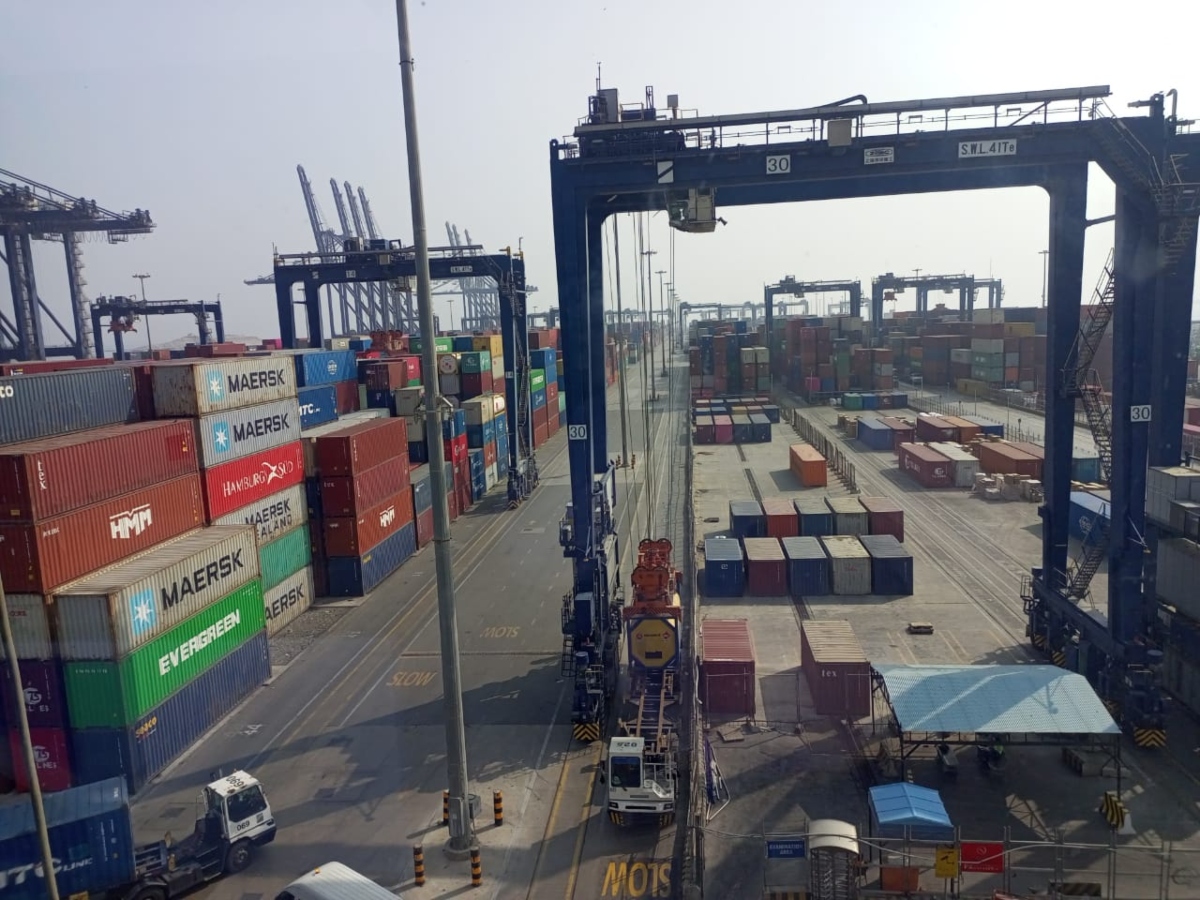



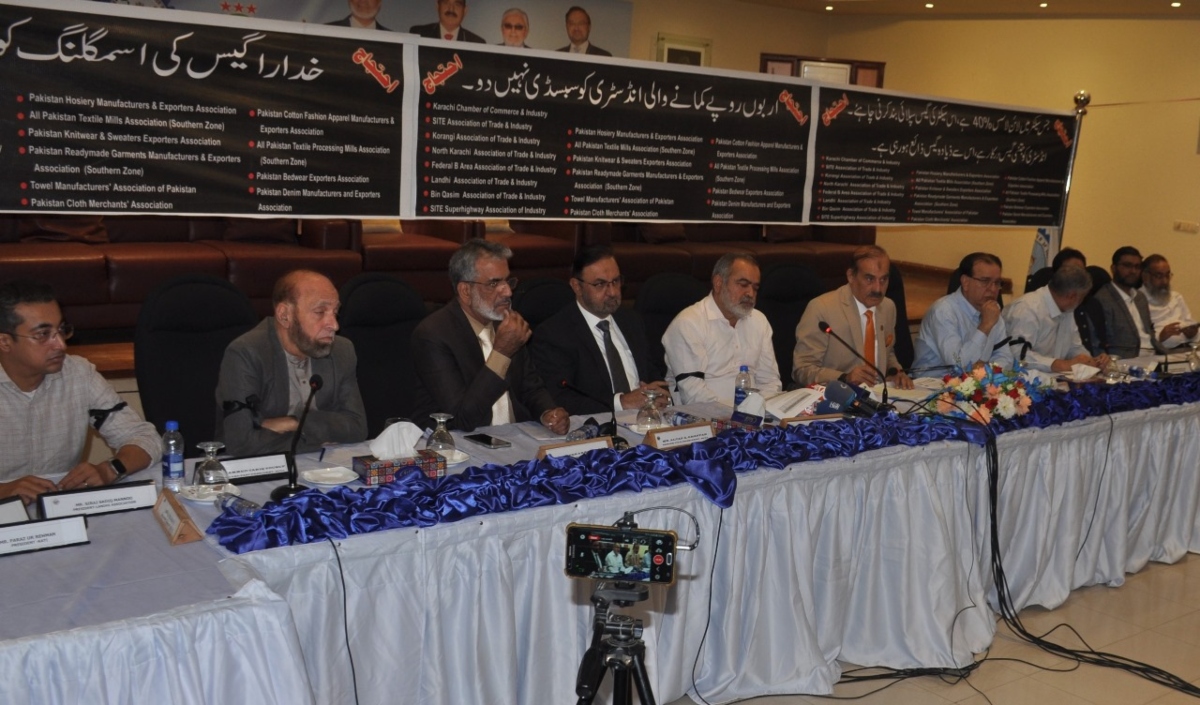
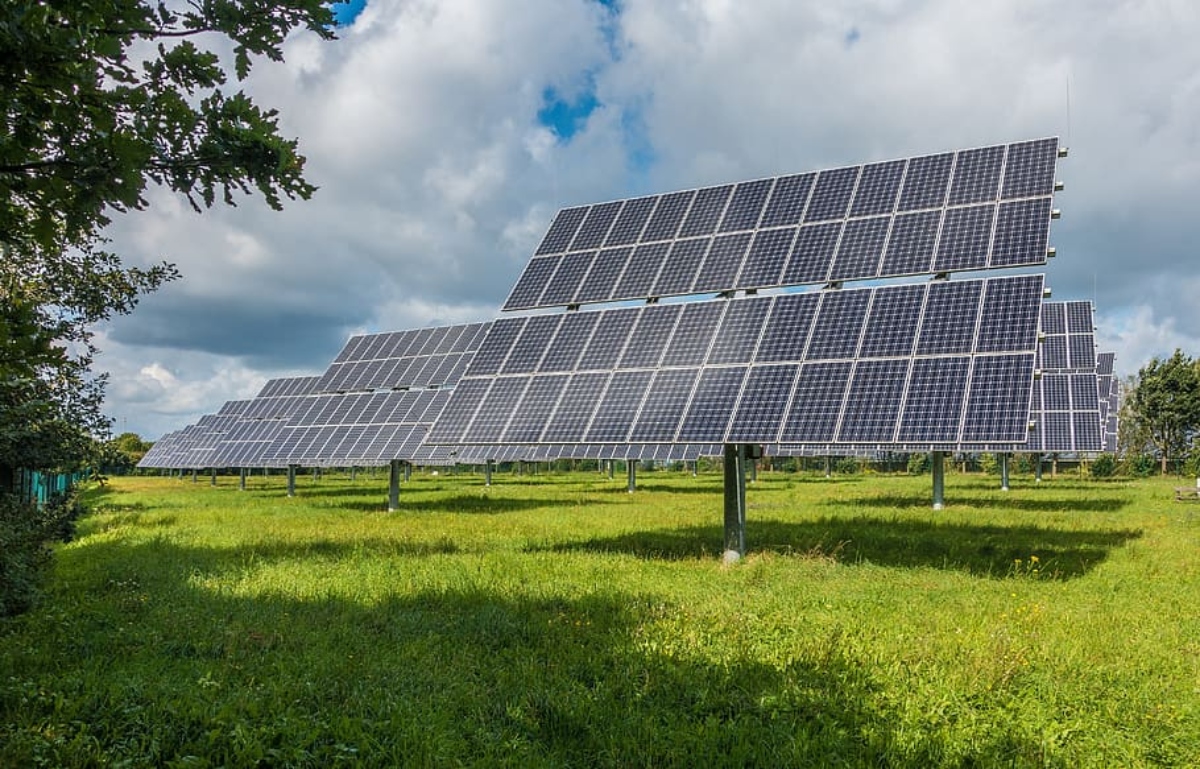






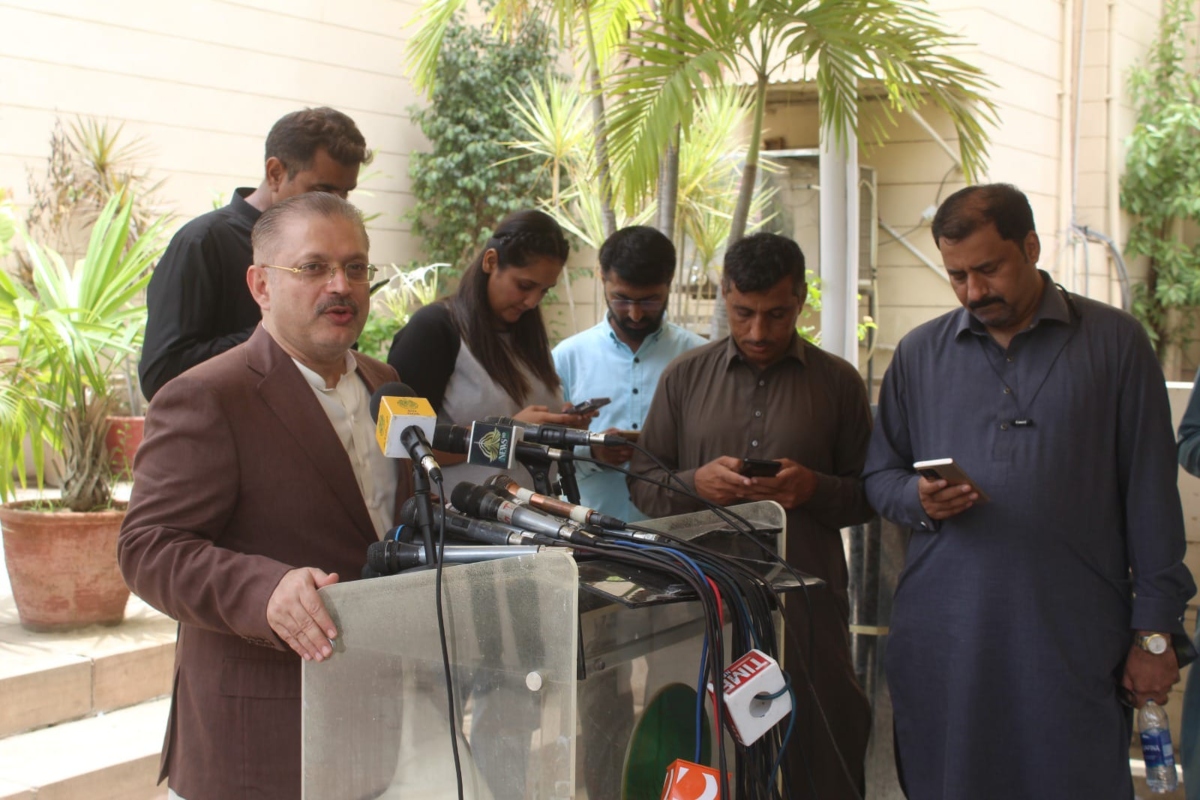

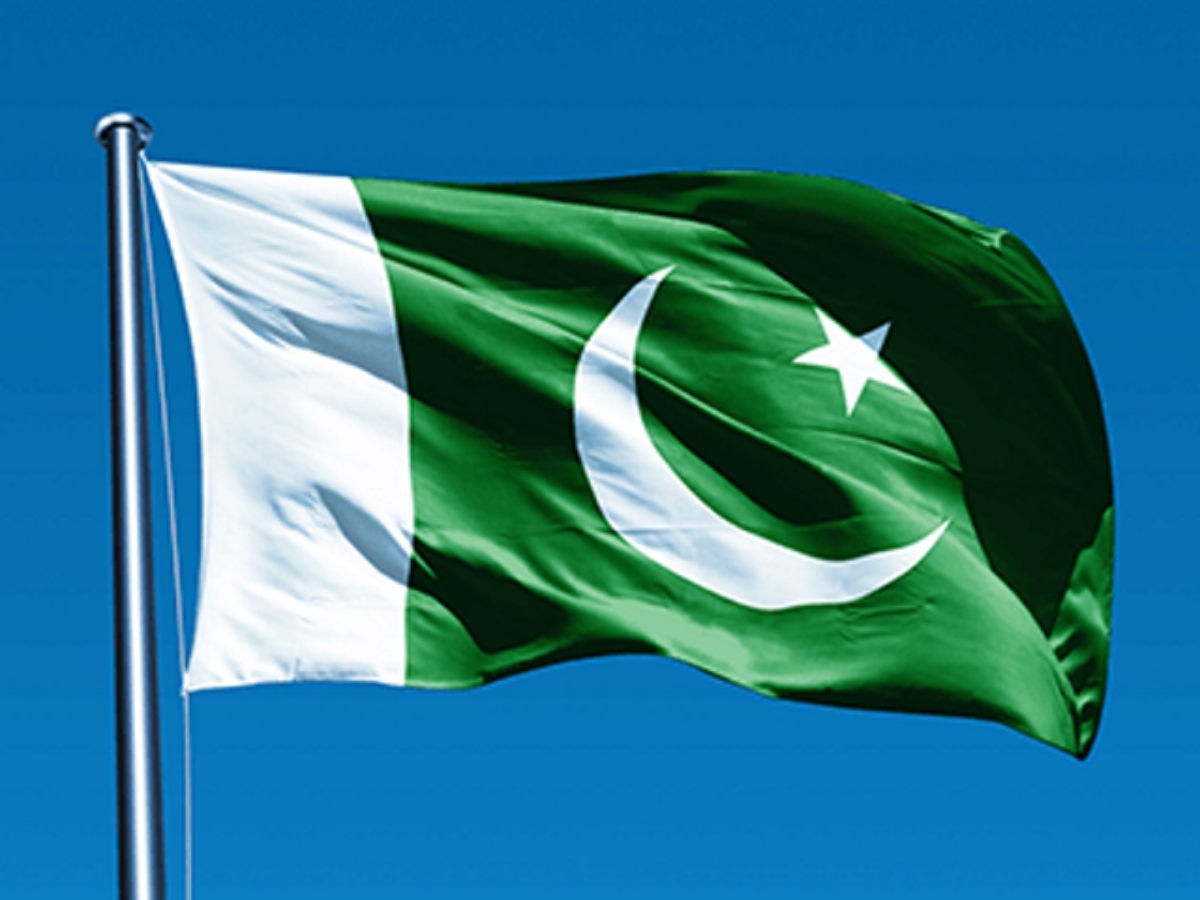
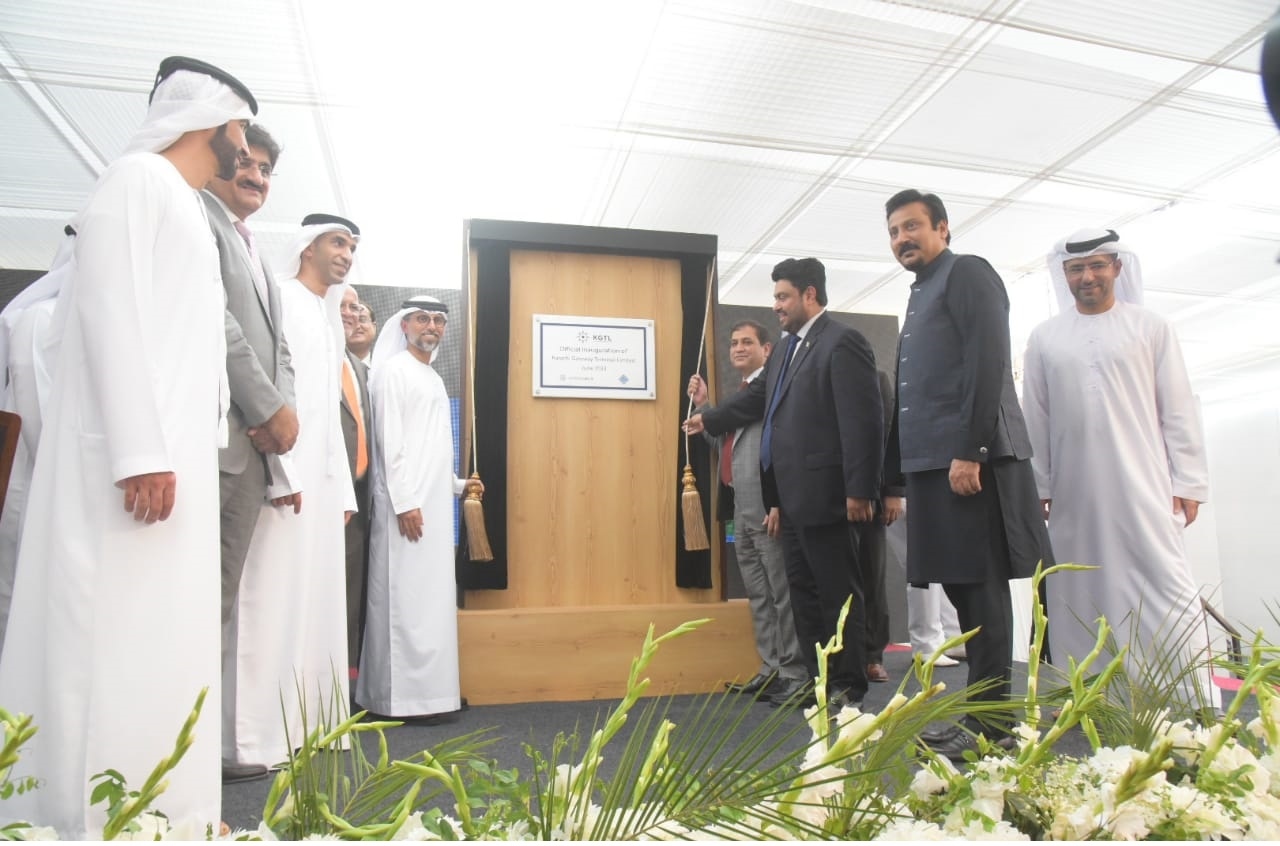
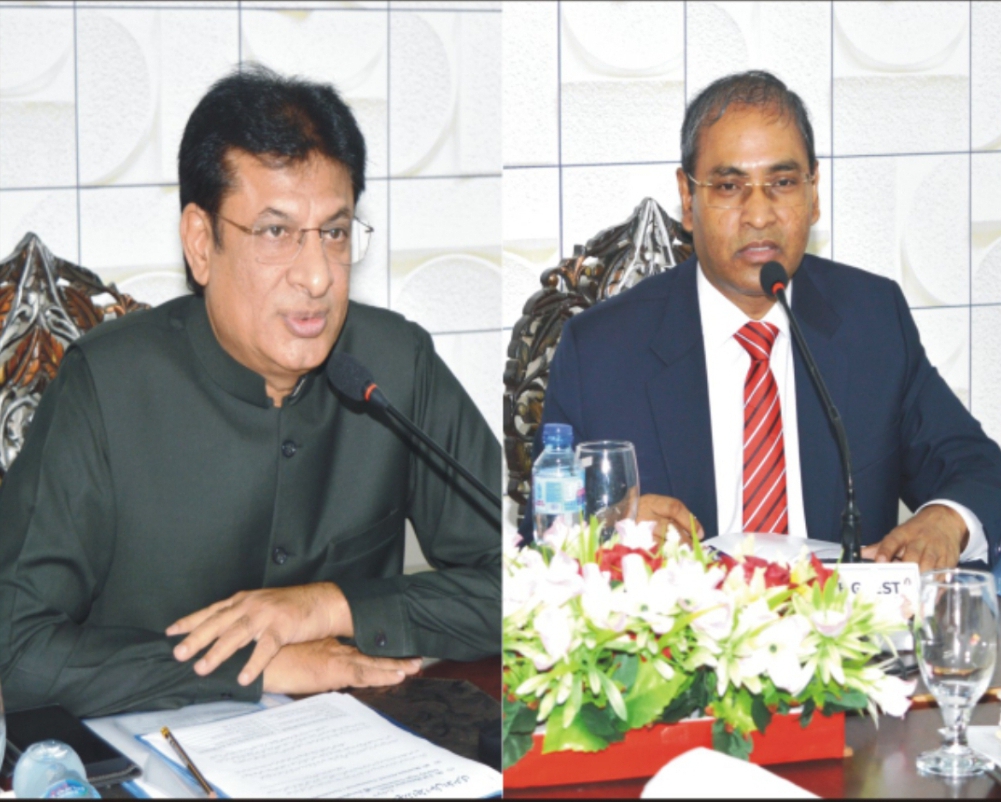
Good
Great
Great